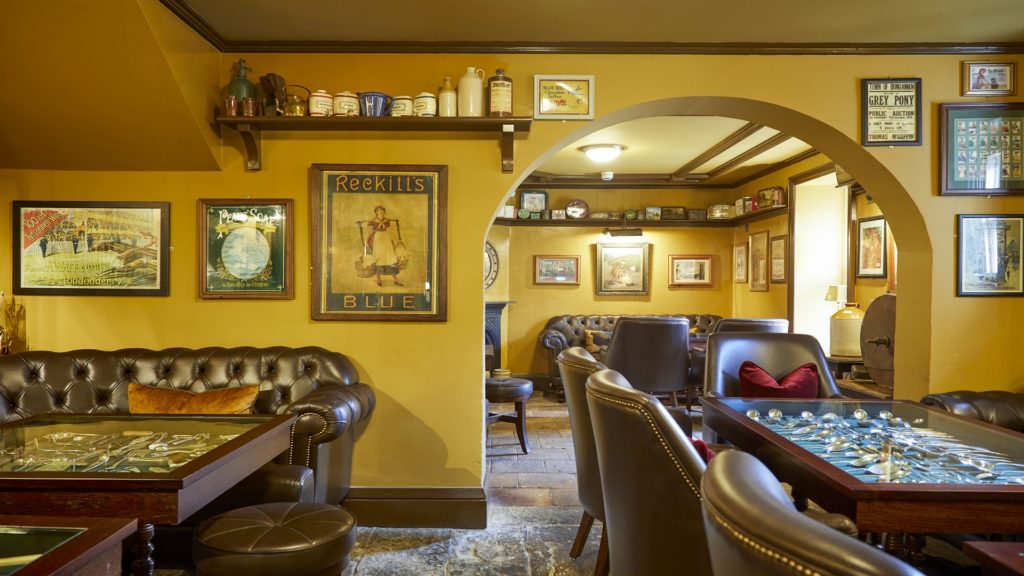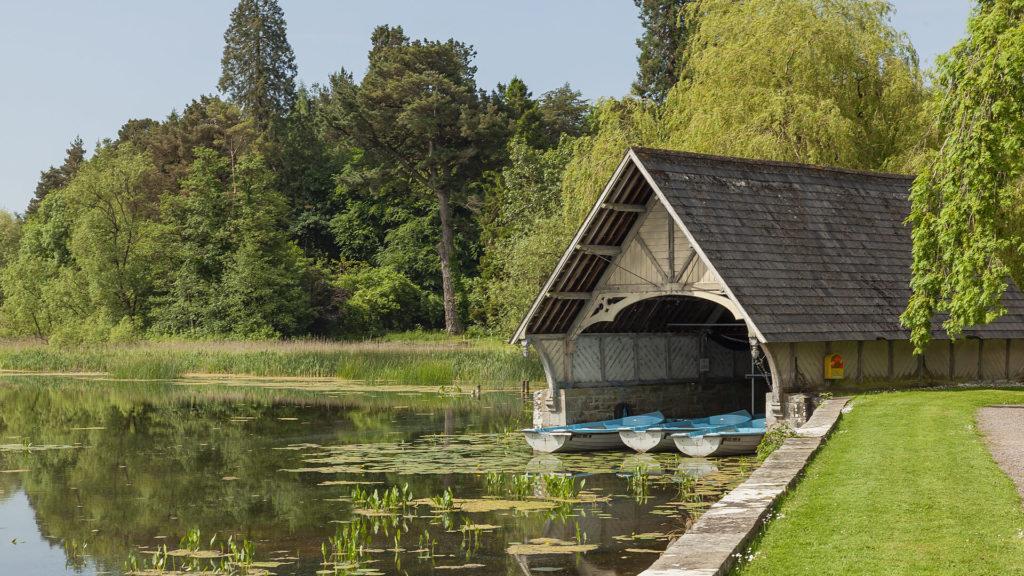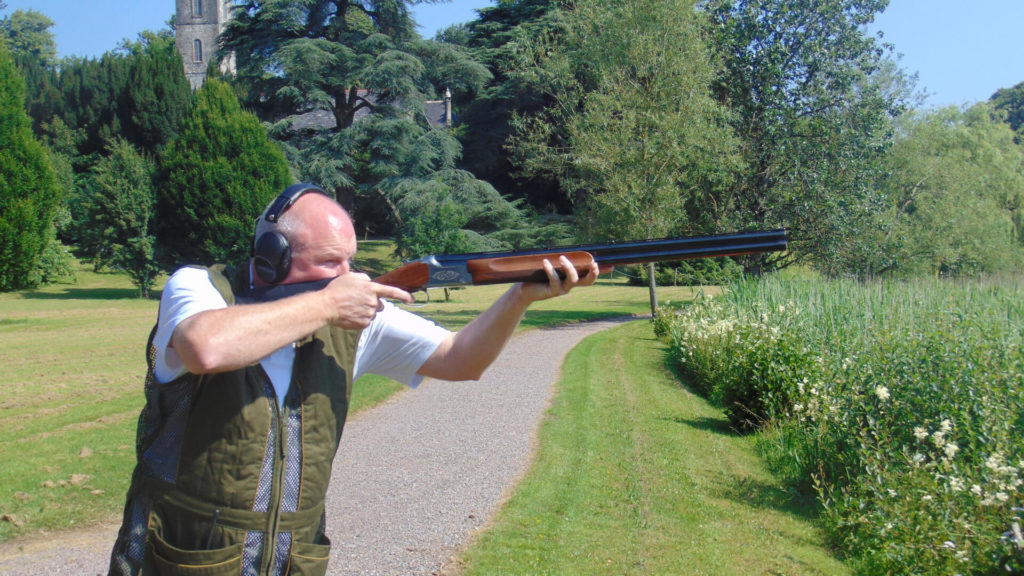by Jenny Richardson, BHSAI
Here’s my tips on speeding up your showjumping round.
It seems that as we climb the showjumping ranks, e.g. by jumping higher fences or progressing from unaffiliated to affiliated shows, there’s more at stake. The class numbers get higher, as do our expectations. Initially, we entered for the experience – then we were hoping for a clear-round, and maybe a placing – and now we’re perhaps wanting a first place!
Accuracy is key, but time will of course play an important part in our success. The time allowed in any class should be viewed as a reminder not to go too slowly; not as the ultimate goal! The jumps themselves are the test in hand. It is easy to make mistakes if you feel under the pressure of a tight time limit, and it is a common error to ride the first half of the course a little slowly, and then realise you might be running out of time, and then take unnecessary risks to catch up.
Top tips-
1.Choose your short cuts at the course walk stage
The course walk is vital. Find the course plan and study it well, noting the speed at which it is set, and the time allowed. When walking the SJ course, there will usually be a few options for the route, eg. going around wings or cutting inside. Pick one or two obstacles that are favourable to you and your horse to shorten your route, without having to increase your pace.
2.Plan your pace
It is important to plan your route and pace early on. If you do need to make up more time, note the most achievable places to do so – e.g. a straight area where you can slightly open out your canter, regaining collection a few strides before your next fence.
3.Note the line between the fences
See if you can find out the line between the fences that the course builder used to ascertain the time and distances; as this is the optimal route. Watch the course builder early on if you can, to see where he places his wheel; or see if the course plan shows the measurement route drawn between the jumps – or just ask the course builder for some tips, if he or she is available!
4.Practise your strengths
In your preparation and training at home, work out your ‘short cut’ strengths, based on your horse’s expertise and size, e.g going outside or inside fences. Practice this at home, e.g. cantering through a small gap representing two jump wings.





















Recent Comments